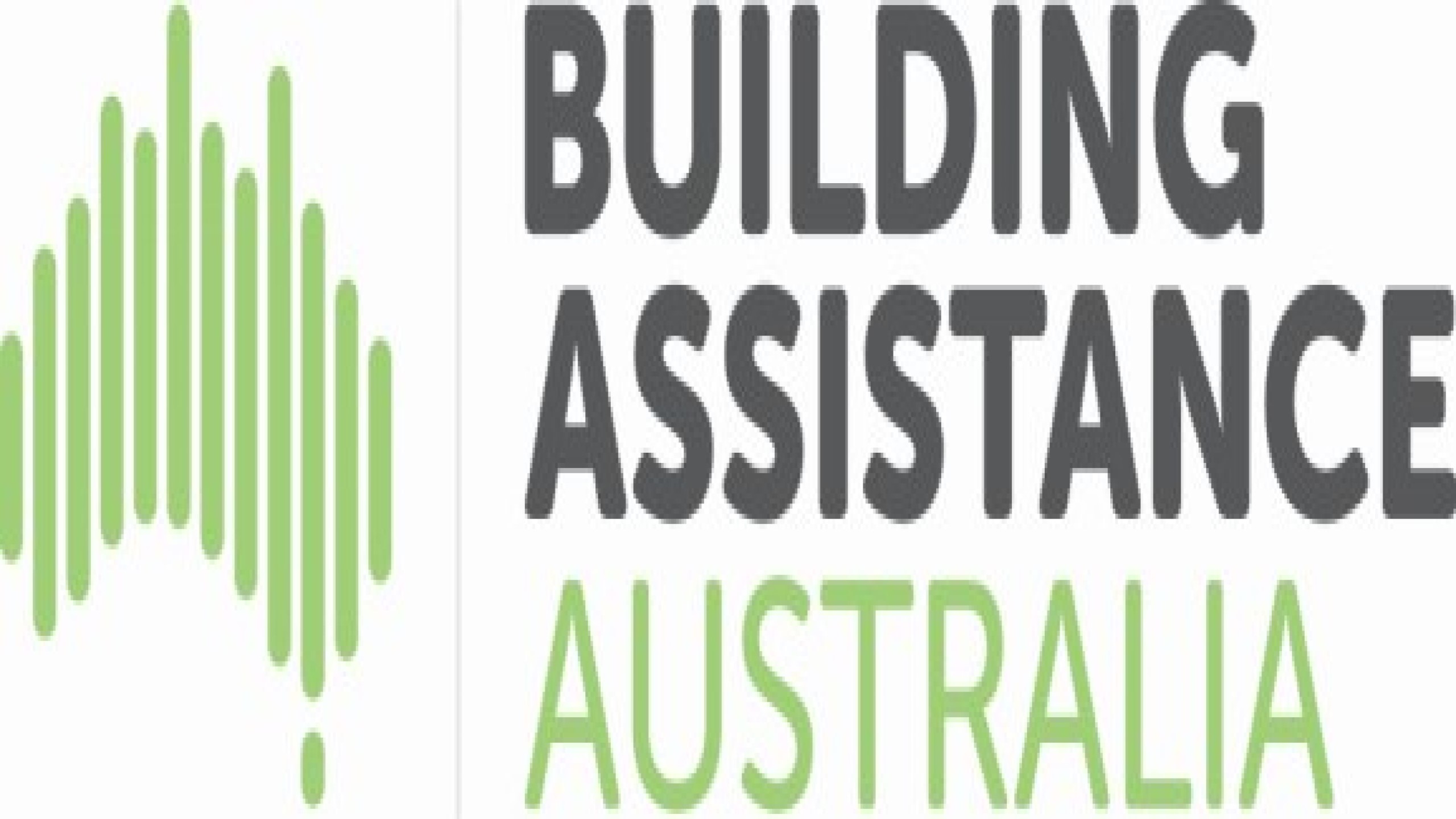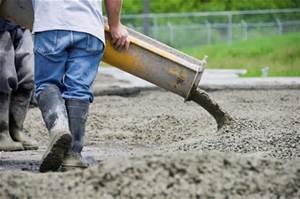 Whether it’s that showroom shine on your garage floor, a beautifully crafted garden path, or slip-resistant pool deck, concrete is the way to go.
Whether it’s that showroom shine on your garage floor, a beautifully crafted garden path, or slip-resistant pool deck, concrete is the way to go.
With a multitude of forms and applications, concrete offers you a stylish look, for an affordable price. But when it comes to laying your own concrete, your wallet may not pay but your back certainly will.
And backbreaking as concrete work can be, it can be equally dangerous with the chemicals used posing a burn risk when exposed to your skin. Splashes in eyes will mean a trip to the hospital and can result in permanent damage.
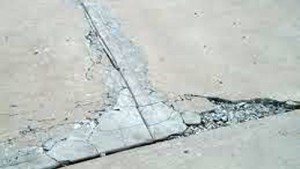 Another risk of do it yourself concreting is the fact that any mistakes made can result in fracturing which has to be dug up and repoured, costing you time, money and a lot of back pain.
Another risk of do it yourself concreting is the fact that any mistakes made can result in fracturing which has to be dug up and repoured, costing you time, money and a lot of back pain.
That’s why we strongly recommend hiring a professional for for any concrete work on your home.
For a free, no obligation quote from one of our expert concreters, simply click here
Should you be very brave and want to lay your own concrete, here are some basic instructions you can follow.
Tools required:
- Spirit level
- Builder’s square
- Lump hammer
- Garden spade & shovel
- Heavy roller or wacker plate
- Strong wheelbarrow
Materials required:
- Ready Mix Concrete
- Timber planks
- Hardcore
- Fibreboard filler strips for expansion joints
- Polysheet
- Wood preservative (if required)
Preparing the base
The preparation of your base will depend on two things:
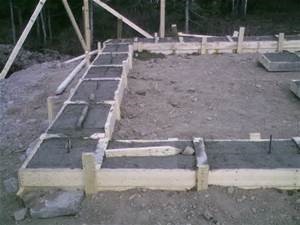
- The existing surface and;
- The use of the concrete
In general, you should always measure and mark out the area you need to concrete, ensuring that the corners have a 90 degree angle – a string line and wooden pegs are best for this. Clear the area of rocks and debris and the area must be excavated to a minimum depth of 100mm. The area then needs to be levelled and compacted.
As a general rule; your base must be 75mm larger than the finished slab to allow for formwork.
Laying your concrete sub-base
A layer of hardcore of a minimum of 100mm is needed for a sub-base and should be well compacted.
How to lay your concrete mix
 To lay your concrete mix, you first need formwork – a timber frame that holds wet concrete. Formwork is made up of timber planks 25mm thick that go around the edge of the area you want to concrete. The formwork not only supports the concrete as it hardens, but also forms a level.
To lay your concrete mix, you first need formwork – a timber frame that holds wet concrete. Formwork is made up of timber planks 25mm thick that go around the edge of the area you want to concrete. The formwork not only supports the concrete as it hardens, but also forms a level.
Using ready mix concrete
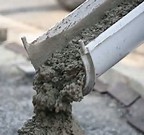 Laying concrete is never something that should be rushed. Having said that, there is only a small window in which to lay the concrete once it’s been mixed. If ready-mixed concrete isn’t used with two, you run the risk of it drying too quickly and cracking. If this happens the whole lot needs to be dug up and you’re back to square one.
Laying concrete is never something that should be rushed. Having said that, there is only a small window in which to lay the concrete once it’s been mixed. If ready-mixed concrete isn’t used with two, you run the risk of it drying too quickly and cracking. If this happens the whole lot needs to be dug up and you’re back to square one.
To avoid the concrete drying too fast, it’s best to lay polythene sheeting over it – drying and hardening can take between four to ten days, depending on the weather.
Any small repairs required after laying can usually be done using a diamond-shaped pointing trowel.
How to calculate how much ready-mix you require for your project
- As a guide, multiply length x width x depth of the space you need to fill. This will calculate a cubic size (or volume), of concrete required.
- Note: you may also need to consider additional features of the job e.g. slope, drainage, accessibility etc. It may be best to talk to your local sales office team with details on the area to be concreted for advice.
Safety Tip
Concrete can burn when exposed to your skin which is why it’s important to wear suitable clothing including impervious gloves, long sleeves, eye protection and boots at all times.
Pouring the concrete
Once you pour the concrete into your formwork, you need to spread the concrete leaving it 10-15mm higher than required. You can then compact it down using a tamping beam.
Make sure the concrete gets into all of the corners of your forms and that there are no low spots.
Finishing the concrete surface
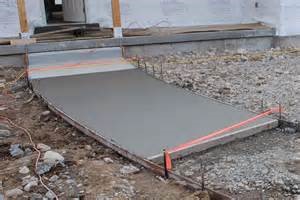 How you finish your concrete is completely up to you and often dependant on the application.
How you finish your concrete is completely up to you and often dependant on the application.
A tamped surface provides a low-slip surface, perfect for drives and paths, where as a smooth finish is more suitable surfaces such as house floors. This can be achieved with the use of a float. Fish scale effects can be created using a float or a shovel, and you can even use a broom head to create a brushed effect… the options are endless!
READY MIX TIP
By adding polypropylene fibres to your ready-mix, you’ll not only reduce the need for crack control wire mesh, but you’ll also produce a longer lasting concrete.
